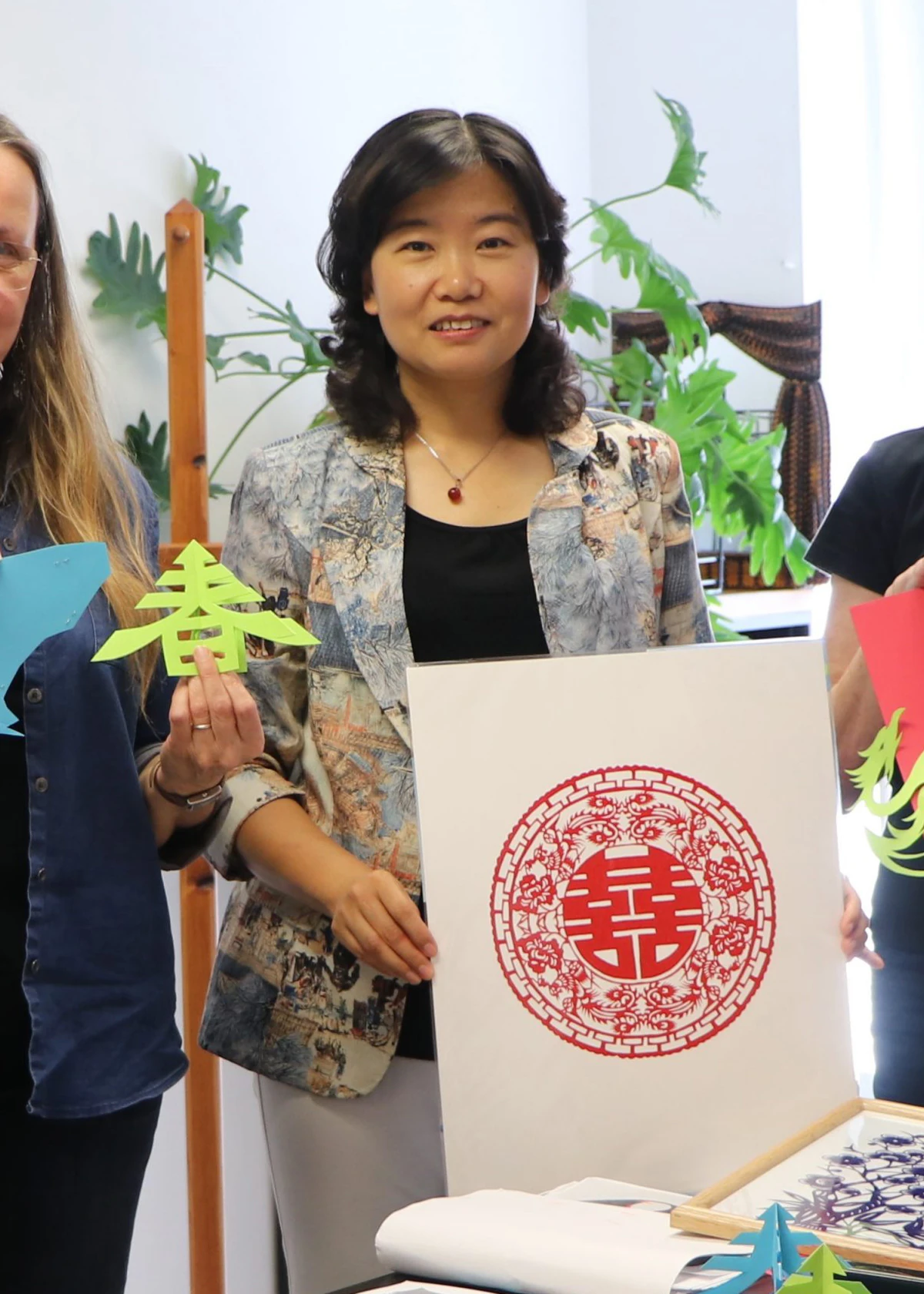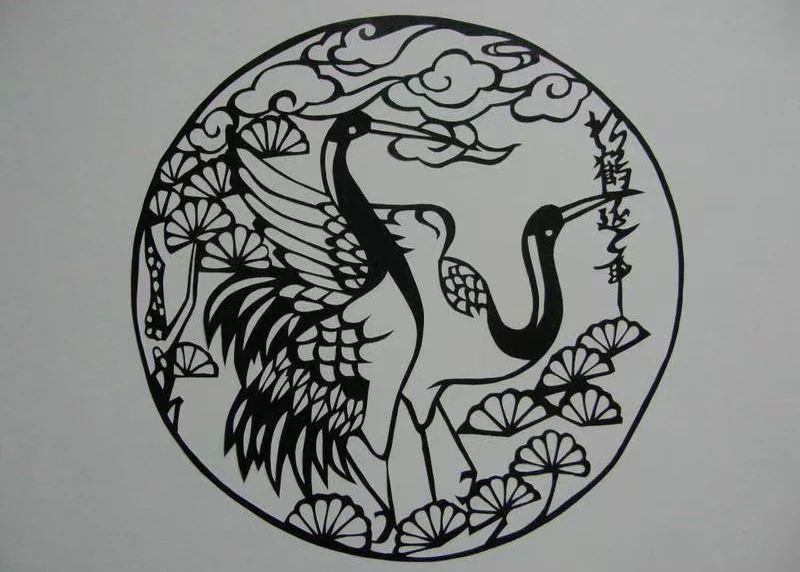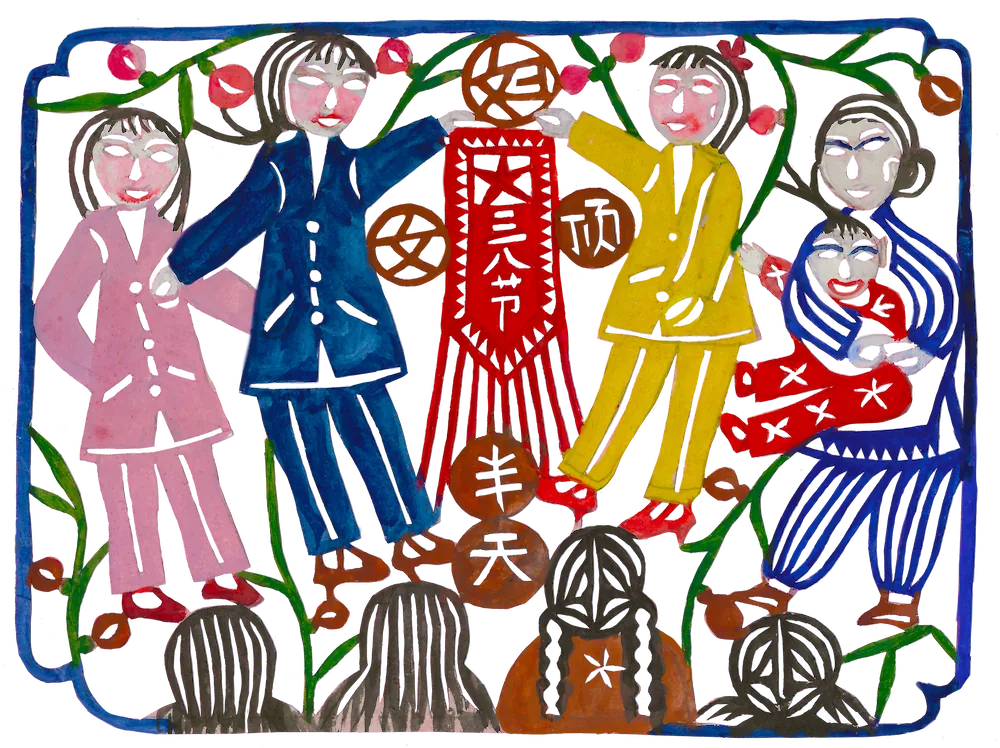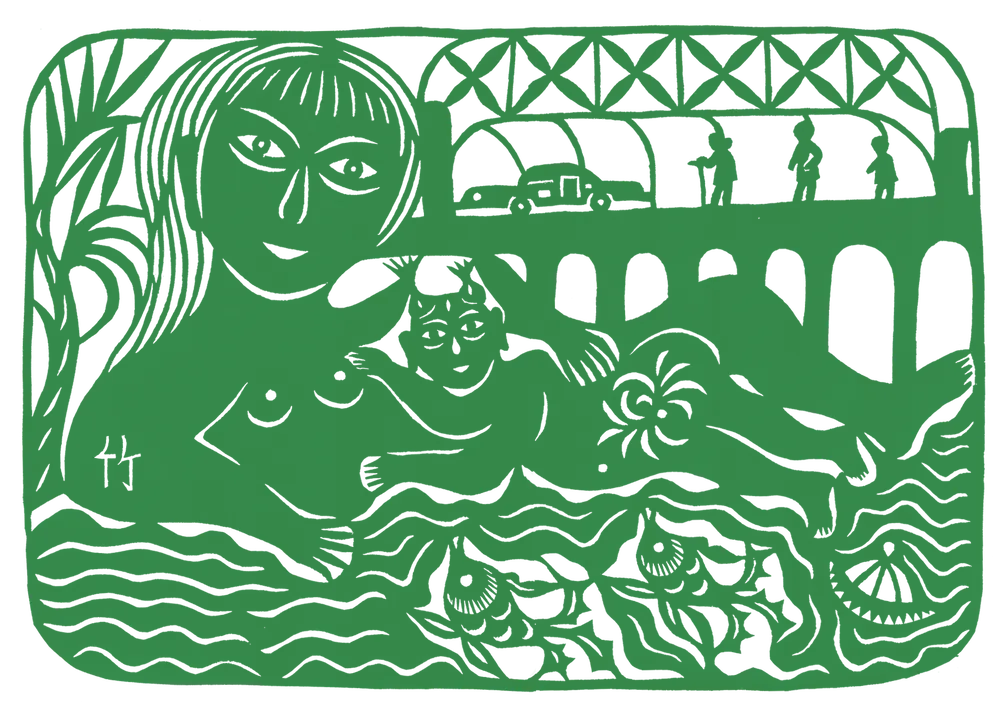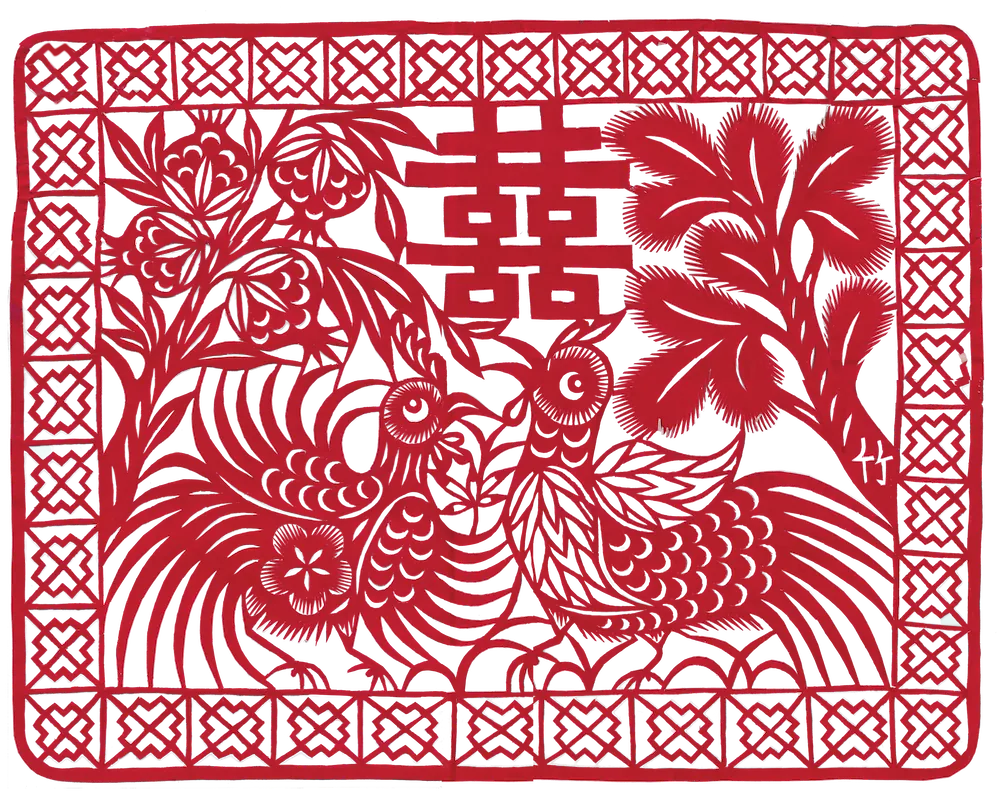Paper Cutting Art
Paper-cutting is one of the oldest and the most popular folk arts in China, may date back to the 2nd century CE, when paper was invented in Eastern Han dynasty. On May 20, 2006, paper cutting has been officially listed as one of the earliest intangible cultural heritage of China. It is put on the UNESCO Representative List of the Intangible Cultural Heritage of Humanity in 2009. Chinese paper-cutting originated from the practice of worship of both ancestors and gods, a traditional part of Chinese culture dating back roughly two millennia Red paper is the most prevalent because it is connected with happiness and good fortune in Chinese culture, but it is not limited to any color. Two main styles of paper cutting are single-color and multi-color. Paper cutting is consistently evolving and has developed beyond China, with artists developing new techniques and materials to keep this art form alive.
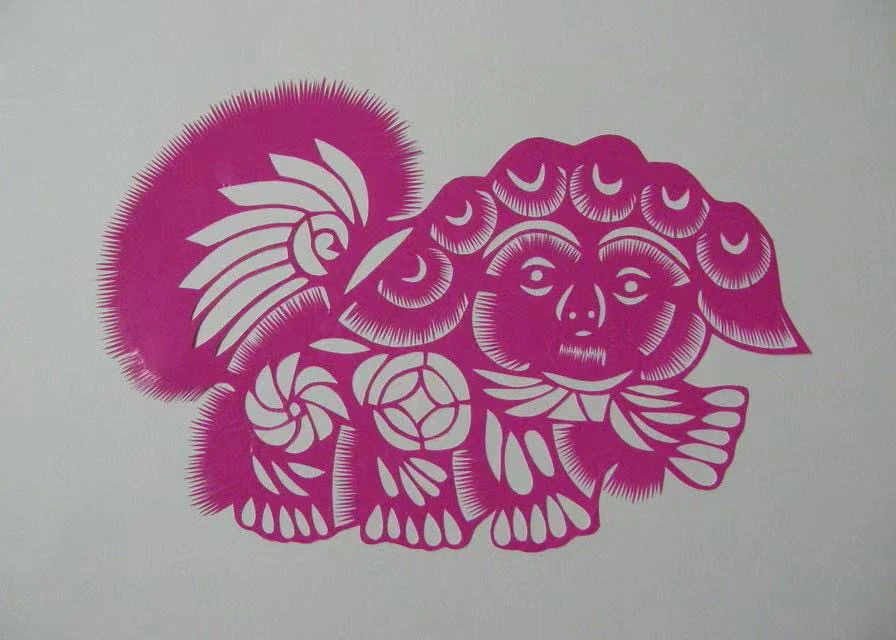
Traditional Chinese Paper Cutting
